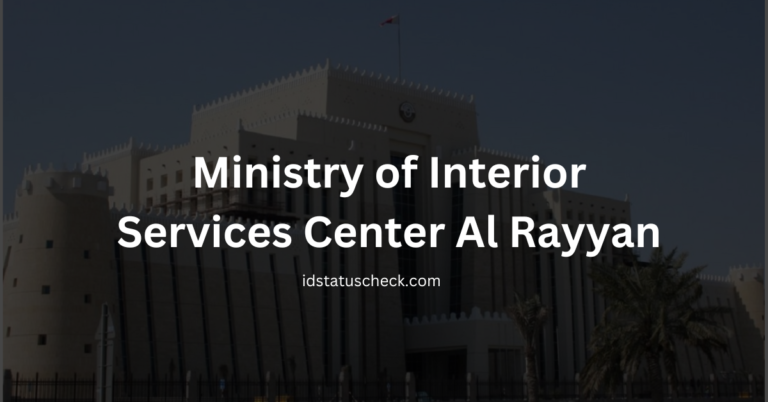The Process of Using the PulseChain Bridge

The PulseChain bridge is a service that moves assets between two different blockchains, primarily from Ethereum to PulseChain. It allows users to take advantage of PulseChain’s lower fees and faster transaction speeds. The process involves a series of steps that are simple to follow with a crypto wallet. This guide explains the process of using the PulseChain bridge.
Getting Started: Wallet Setup
First, you need a crypto wallet that can connect to multiple blockchains. MetaMask is a common choice. You must have it installed as a browser extension or a mobile app.
Next, you must add the PulseChain network to your wallet. MetaMask defaults to the Ethereum network. You need to configure it to connect to PulseChain. This can be done manually or with an automated service. For a manual setup, you will need to enter the PulseChain network details, including the network name, chain ID, and RPC URL. The native token for transaction fees on PulseChain is PLS. You must have some PLS in your wallet to perform transactions, including the final steps of a bridge transfer. aba therapy hong kong
The Bridging Process: A Step-by-Step Guide
The process of bridging involves sending your tokens to a smart contract on the source chain, where they are locked. The bridge then creates a new, wrapped version of the same token on the destination chain.
Here are the steps to follow:
- Visit the Official Bridge Website: Go to the official PulseChain bridge. Make sure the URL is correct to avoid scam websites.
- Connect Your Wallet: The website will prompt you to connect your MetaMask wallet. Authorize the connection. The bridge interface automatically detects your current network. You must be on the Ethereum network to begin a transfer from Ethereum.
- Select Asset and Amount: From the drop-down menu, select the token you want to transfer. Most common tokens like USDC and DAI are supported. Enter the amount you wish to bridge. The interface will show your current balance for the selected token.
- Approve and Confirm: Before you can send your tokens, you must give the bridge contract permission to access them. This is a standard ERC-20 token approval. Your wallet will prompt you to approve this. You pay a small gas fee in ETH for this approval transaction. After the approval is confirmed, you can proceed to the next step.
- Initiate the Transfer: Once you have approved the contract, you can initiate the bridge transaction. The bridge interface will show you a summary of the transaction, including fees and an estimated completion time. You will confirm the transaction in your wallet. The tokens are then sent to the bridge’s escrow smart contract on Ethereum. This transaction requires an ETH gas fee.
- Wait for Confirmation: The transaction must be confirmed on the Ethereum network. The bridge’s validators then observe the transaction. Once enough validators have confirmed the transaction, the bridge system takes action on PulseChain.
- Receive Wrapped Tokens: The bridge system mints a new, wrapped version of your token on PulseChain. This token will have a “p” prefix, such as pDAI for DAI. The newly minted tokens are sent to your wallet on the PulseChain network. You can use these tokens in the PulseChain ecosystem. You may need to add the wrapped token’s contract address to your wallet to see it in your list of assets.
The Return Journey
Moving assets back from PulseChain to Ethereum follows the same process in reverse. You initiate the transaction from PulseChain, send your wrapped tokens to the bridge, and they are burned. The validators then confirm the burn and release your original tokens from the Ethereum escrow. This ensures a consistent 1:1 ratio between the locked tokens and the wrapped tokens in circulation.
The process of using the PulseChain bridge is straightforward. By following these steps and taking care to use the correct website, you can move your assets to the PulseChain network and participate in its ecosystem.
For a visual guide on adding PulseChain to your wallet and managing tokens, watch How to add PulseChain to MetaMask and claim airdrop tokens. This video is a guide to adding PulseChain to MetaMask and is a good resource for the initial setup.

